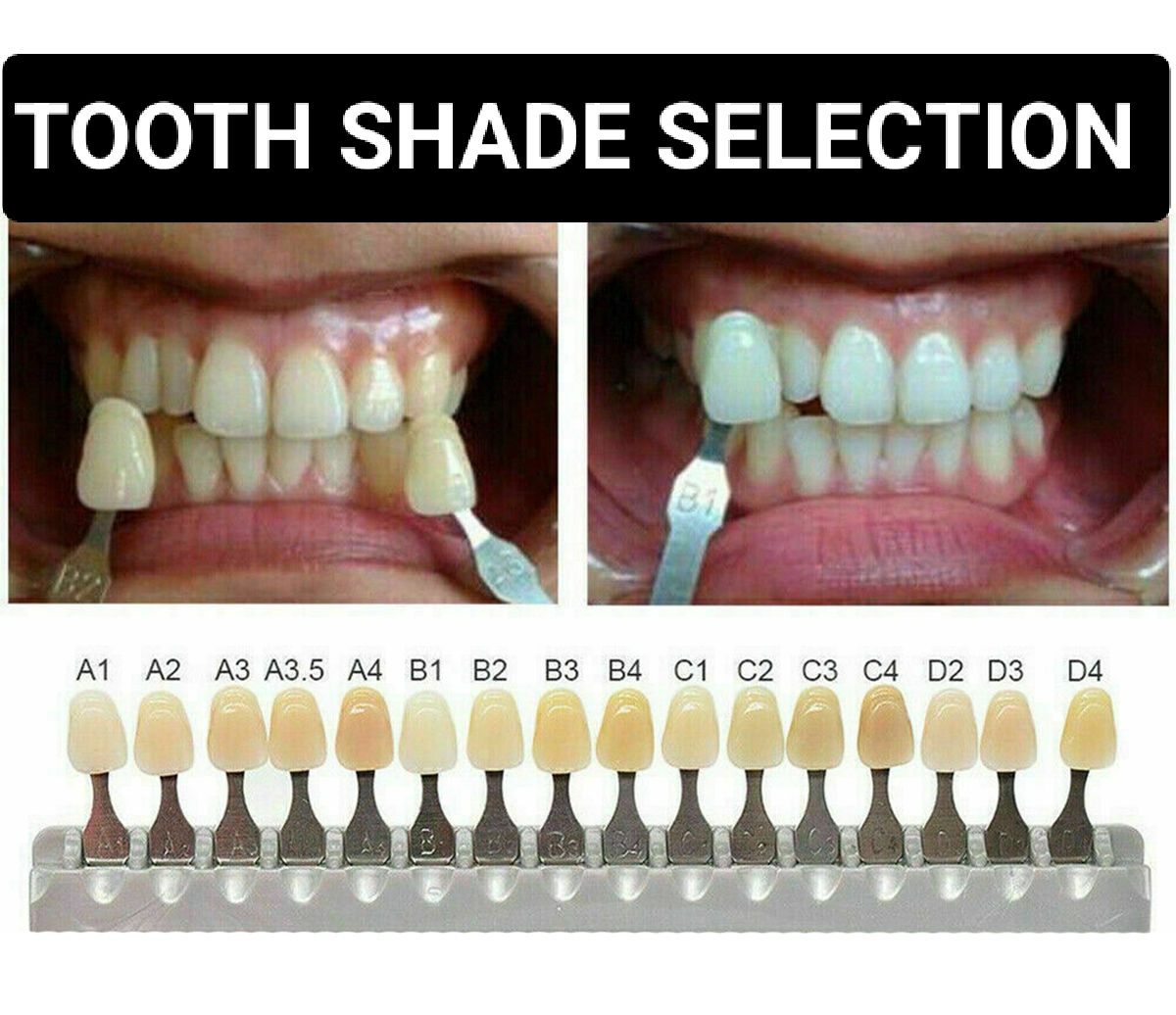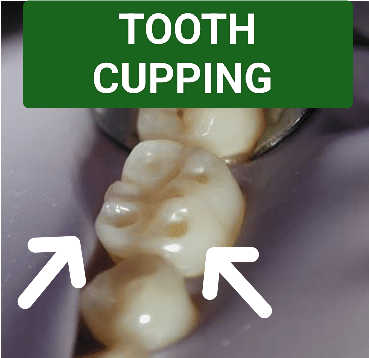Tooth shade or color selection in prosthesis refers to the process of choosing the appropriate color for prosthetic teeth that are used in dental restorations, such as dentures or dental crowns. The goal is to closely match the color of the natural teeth, creating a seamless and natural appearance.
RELATED ARTICLE : DENTAL CAPPING 101: AN AMAZING INSIGHT
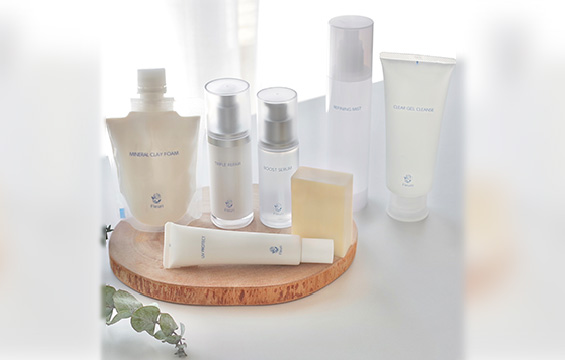
HOW TO SELECT A TOOTH COLOR?
Here are some factors that are considered during tooth color selection:
1. Shade Matching:
The dentist or dental technician uses shade guides that come in a variety of tooth shades to compare against the natural teeth. The shade guide may include multiple tabs with different levels of brightness, darkness, and color undertones.
2. Natural Teeth Analysis:
The dentist will carefully analyze the color, translucency, shape, and surface texture of the natural teeth. This examination helps in determining the closest match for the prosthetic teeth.
3. Patient Input:
The patient’s preferences and expectations regarding the final appearance of the prosthetic teeth are taken into account. Communication between the dentist and patient is crucial in achieving the desired tooth color.
4. Lighting Conditions:
The shade matching process should be performed under consistent and accurate lighting conditions. Dental offices often use a standardized lighting system to ensure accurate color assessment.
5. Age and Gender Considerations:
The age and gender of the patient can influence the tooth color selection. Younger patients typically have brighter and whiter teeth, while older patients may have more variation in the color and wear of their natural teeth.
6. Esthetic Integration:
The prosthetic teeth should seamlessly blend in with the surrounding natural teeth, taking into consideration factors such as adjacent tooth color, gum color, and overall facial features.
Dental professionals and laboratory technicians work together to achieve the most accurate tooth color selection, aiming to create prosthetic teeth that are indistinguishable from natural teeth.
VITA SHADE GUIDE FOR TOOTH SHADE SELECTION
The Vita shade guide is a widely used method for selecting tooth shades in prosthesis. It includes 16 shades, categorized into four groups: A, B, C, and D. Each group represents a different range of tooth shades, from light to dark.
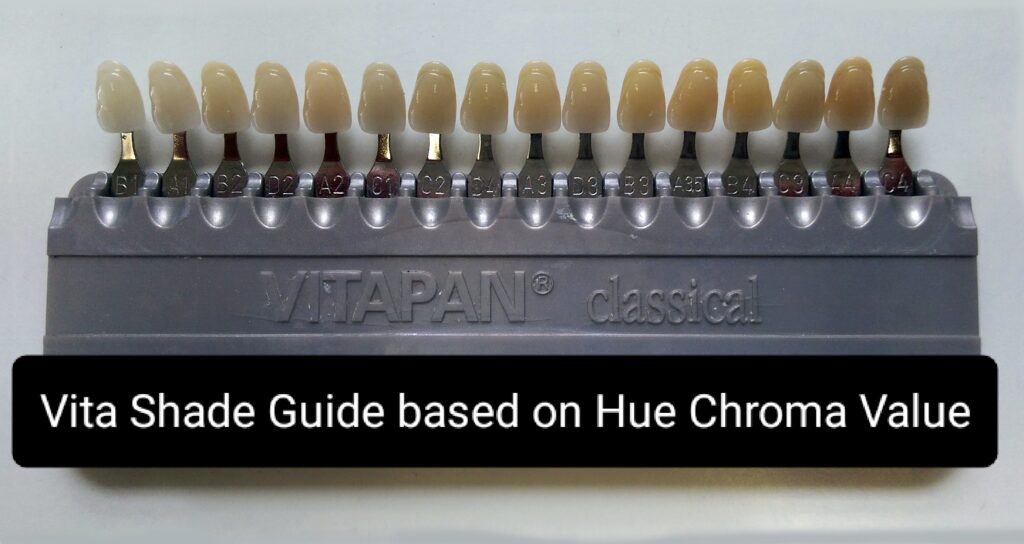
Group A shades:
These shades are the lightest and often represent the most natural and translucent tooth colors. They are typically used for younger patients or individuals with lighter tooth shades. The shades in this group include A1, A2, A3, A3.5, and A4.
Group B shades:
These shades are slightly darker than group A and are commonly used for many individuals. They provide a natural appearance and a good balance between brightness and warmth. The shades in this group include B1, B2, and B3.
Group C shades:
These shades are even darker than group B and are often used for older patients or individuals with naturally darker teeth. They provide a more intense color but still maintain a natural appearance. The shades in this group include C1, C2, and C3.
Group D shades:
These shades are the darkest in the Vita shade guide, suitable for individuals with very dark or significantly stained teeth. They are typically recommended for specific cases and may not be used as frequently. The shades in this group include D2, D3, and D4.
It is important to note that shade selection is subjective and can vary depending on factors such as lighting conditions, patient preferences, and the individual dental professional’s expertise.
The differentiation of shades in the Vita shade guide is based on the following factors:
1. Value:
The value refers to the overall lightness or darkness of the tooth shade. The shades are arranged in a gradient from light to dark, with A shades being the lightest and D shades being the darkest.
2. Chroma:
The chroma represents the saturation or intensity of the tooth color. Shades with higher chroma appear more vibrant, while shades with lower chroma appear more subdued.
3. Hue:
The hue relates to the color tone or tint of the tooth shade. It can vary from more yellowish or brownish tones (warmer hues) to more bluish or grayish tones (cooler hues). The Vita shade guide offers a range of hues within each shade group to accommodate different natural tooth color variations.
These three factors (value, chroma, and hue) work together to create the different shades in the Vita shade guide, allowing dental professionals to select the most appropriate tooth color match for individual patients’ unique dental characteristics and preferences.
RELATED ARTICLE : DENTAL CAPPING 101: AN AMAZING INSIGHT
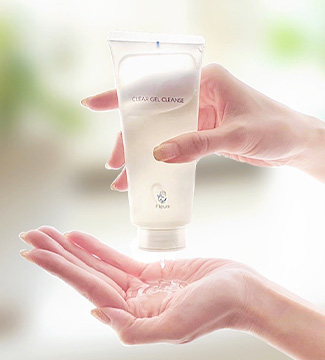
FAQS
Q: Why is tooth shade selection important in dentistry?
A: Tooth shade selection is crucial because it helps create natural-looking restorations that blend seamlessly with the patient’s existing teeth, resulting in aesthetically pleasing dental work.
Q: How do dentists choose the right tooth shade for a patient?
A: Dentists use shade guides, such as the Vita shade guide, as a reference to assess the patient’s current tooth shade and select a matching or desired shade for restorations.
Q: Can tooth shade vary among individuals?
A: Yes, tooth shade can vary significantly among individuals due to genetics, age, lifestyle factors, and oral health habits. It is essential to consider these differences when selecting a tooth shade for a patient.
Q: Is it possible to whiten or lighten a patient’s existing tooth shade?
A: Yes, professional teeth whitening procedures can help lighten the tooth shade by reducing stains and discoloration. This can help in achieving a more desirable shade, especially for patients seeking cosmetic improvements.
Q: What are the common mistakes to avoid in tooth shade selection?
A: Common mistakes include selecting a shade that is too bright or unnatural, not considering the surrounding teeth’s shade, and ignoring the patient’s preferences and expectations.
Q: How can computer technology assist in tooth shade selection?
A: Computer technology, such as digital shade-matching devices, can provide precise measurements and analysis of tooth color, improving the accuracy of shade selection. This technology allows dentists to match shades more efficiently.
Q: Are there instances where a single tooth may have multiple shades?
A: Yes, it is possible for a single tooth to have multiple shades due to factors such as enamel translucency, staining, or the presence of restorations. In such cases, dentists may need to consider a combination of shades to achieve a harmonious blend.
Q: Can tooth shade change over time?
A: Yes, tooth shade can change over time due to factors like aging, enamel wear, staining from food and drinks, or tooth decay. Regular dental check-ups and hygiene maintenance can help minimize these changes.
Q: Is it necessary to match the patient’s current tooth shade exactly?
A: While it is ideal to match the patient’s current tooth shade as closely as possible, a perfect match may not always be achievable or desired. Factors like age, personal preferences, and the need for cosmetic improvements can influence the selection of a slightly different shade.
Q: Can a tooth shade be altered after a restoration has been placed?
A: Once a restoration is placed, the tooth shade cannot be altered. Therefore, it is essential for the dentist to select the desired shade accurately before commencing with the restoration procedure.


